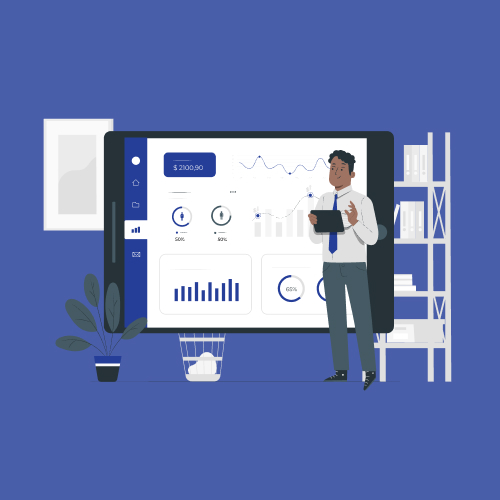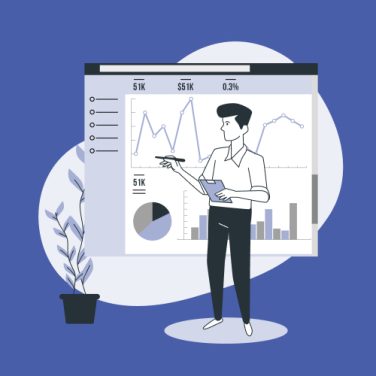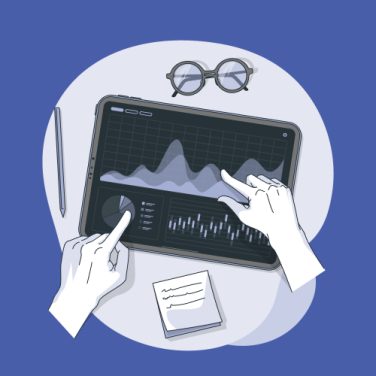Modern HR functions demand instant visibility into workforce dynamics. A best real time dashboard empowers HR teams to go beyond static reports and monitor critical metrics live. By visualising attendance patterns, overtime spikes, and well-being indicators in one view, HR managers can identify issues before they escalate.
The shift to real-time HR insights
Traditional monthly or weekly reporting creates latency that can delay interventions. Real-time dashboards close this gap, enabling proactive measures such as:
- Live attendance tracking to flag absenteeism trends.
- Well-being monitoring to detect burnout signals early.
- Performance gap identification for targeted coaching sessions.
- Recruitment funnel visibility to optimise hiring pipelines.
These capabilities support data-driven decision making and strategic workforce planning. Automated data pipelines reduce manual report preparation time and minimise errors. With an intuitive dashboard, HR teams can slice and dice metrics on the fly—filter by department, location, or tenure—and drill down to granular views that uncover root causes.
Integrating real-time dashboards with existing HRIS and payroll systems ensures seamless data flow. Alerts and threshold-based notifications help HR professionals respond immediately to critical events, from sudden turnover spikes to compliance breaches.
By reducing reliance on siloed spreadsheets, HR teams reallocate time from report generation to high-impact initiatives like talent development and culture-building.
A modern HR dashboard also reinforces accountability. Shared live dashboards foster transparency across leadership teams, ensuring everyone aligns on workforce health metrics. Ultimately, adopting a best real time dashboard tool streamlines operations, boosts employee engagement, and enhances organisational agility.
Key features to look for in real-time dashboard tools
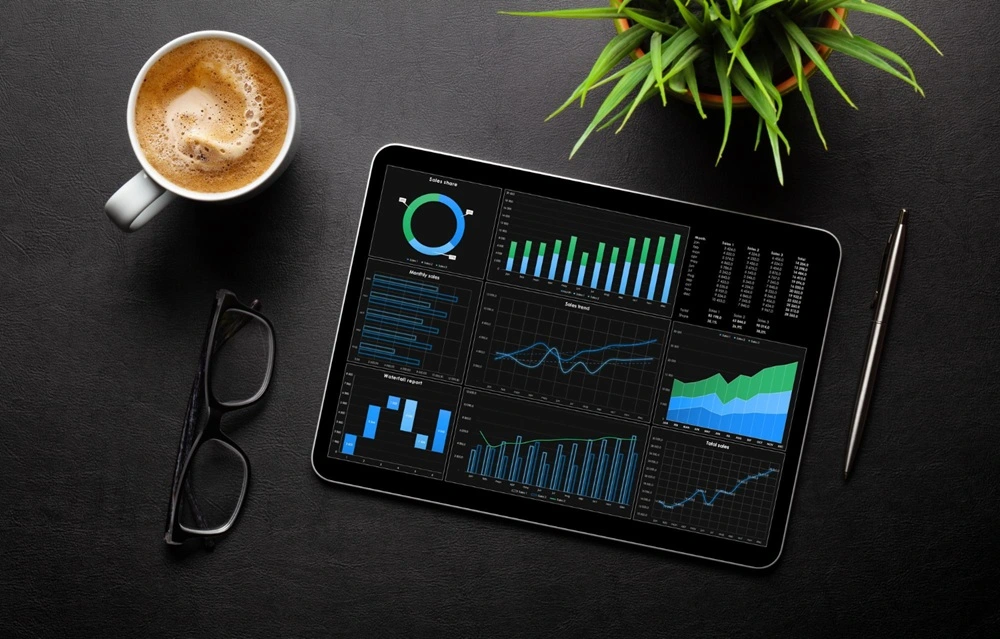
Real-Time Data Handling:
Ensuring dashboards reflect the latest HR metrics requires robust data pipelines. Key considerations include:
- Refresh Frequency and Latency: Look for sub-minute refresh capabilities to monitor live attendance or check-in data.
- Change Data Capture (CDC) Support: Tools with built-in CDC connectors push updates instantly from HRIS databases.
- Streaming vs Batch: Evaluate whether the dashboard supports streaming data ingestion or relies on micro-batches.
Balance the need for speed against infrastructure costs. High-frequency updates may incur additional processing fees, so opt for a configurable refresh schedule that aligns with your HR priorities.
User Experience and Security:
Adoption hinges on usability and trust. Evaluate tools on:
- Customisable Visualisations: Charts, gauges, heatmaps, and scorecards should be easy to configure without code.
- Drill-Down and Filtering: Granular controls let analysts explore data by department, role, or tenure.
- Alerting and Notifications: Threshold-based triggers via email, SMS, or Slack to surface critical HR events.
- Mobile Access: Responsive designs or native mobile apps for on-the-go monitoring.
- Security and Compliance: Role-based access, data encryption at rest and in transit, and GDPR/CCPA support.
Ultimately, a balance between performance, ease of use, and enterprise-grade security ensures broad adoption and reliable insights across the HR organisation.
Free vs. paid real-time dashboard options
Choosing between free and paid real-time dashboard tools involves trade-offs around capabilities, support, and total cost of ownership.
Advantages of Free Tools:
- No Upfront Cost: Ideal for small teams or proof-of-concept projects.
- Community Support: Active user forums and public documentation.
- Force to Keep It Simple: Encourages lean dashboards with core metrics only.
Limitations of Free Tools:
- Data Volume Caps: Limits on record counts or refresh frequency.
- Branding Restrictions: Added vendor logos or limited white labelling.
- Basic Analytics: Lack of advanced features like predictive insights or embedded AI.
Paid Plans and Enterprise Solutions:
- Advanced Integrations: Connectors for niche HRIS/ATS systems and premium APIs.
- Higher Throughput: Faster data processing and lower latency SLAs.
- AI-Powered Insights: Predictive analytics for turnover forecasting or performance anomalies.
- Dedicated Support: SLAs, onboarding services, and custom development.
When evaluating total cost of ownership, factor in licensing fees, hosting charges, support costs, and potential overage fees. Small teams often start with a free tier before scaling up; enterprises may realise ROI faster by investing in a paid solution that accelerates time to value.
Pricing models and scalability comparison
Understanding pricing structures and deployment models is critical for budgeting and future proofing your real-time dashboard investment.
- Subscription vs Perpetual Licensing: Subscriptions lower upfront costs but incur ongoing fees. Perpetual licenses offer a one-time purchase but may require expensive upgrades.
- Cloud-based vs On-premises: Cloud deployments scale elastically and reduce maintenance overhead. On-premises may suit organisations with strict data sovereignty requirements.
- Pricing Metrics: Some vendors charge per user, others on data volume or feature tiers. Analyse which aligns with your growth forecast.
- Hidden Costs: Account for premium connectors, overage charges for higher refresh rates, custom development, and training services.
- ROI Estimation: Calculate time savings from automated reporting, reduced manual errors, and improved decision cycles. Even a 10% improvement in workforce productivity can offset licensing fees rapidly.
When comparing vendors, request detailed TCO breakdowns covering licensing, infrastructure, support, and professional services. Align pricing flexibility with anticipated headcount growth and data usage spikes to avoid surprise expenses.
Integration capabilities to streamline HR workflows
Seamless integrations ensure your real-time dashboard remains a single source of truth across HR systems.
- Native Connectors: Look for out-of-the-box connectors for major HRIS, ATS, and payroll.
- APIs and Webhooks: Custom pipelines via RESTful APIs or event-driven webhooks enable near-instant updates for specialised systems.
- Prebuilt Templates: Dashboards with ready-made metrics (turnover rate, time-to-fill) accelerate deployment.
- Data Enrichment: Combine HR records with financial, CRM, or survey data for holistic analytics—e.g., correlating training hours with performance scores.
- SSO and Directory Sync: Support for SAML, OAuth, and LDAP ensures secure user management and quick provisioning.
By leveraging robust integration frameworks, HR teams can reduce data silos, enhance data accuracy, and automate workflows—saving hours of manual data consolidation each week.
Case Studies: How HR teams leverage real-time dashboards
- Global Tech Company: Reduced voluntary turnover by 15% within six months by tracking attrition signals—departments with rising exit-intent survey scores received targeted retention programs.
- Mid-Sized Retailer: Improved workforce productivity by 10% quarter-over-quarter through real-time attendance and task completion monitoring, enabling dynamic shift adjustments.
- Healthcare Provider: Monitored staff well-being via pulse surveys integrated into live dashboards. Early warning on burnout risk prompted wellness interventions, cutting sick leave by 8%.
- Financial Services Firm: Correlated training hours with performance KPIs through live data feeds. Identified high-impact training modules, increasing ROI on L&D spend by 20%.
These examples illustrate how diverse organisations harness real-time dashboards to drive measurable HR outcomes—from retention and productivity to learning and development effectiveness.
Selecting the best real-time dashboard for your HR team
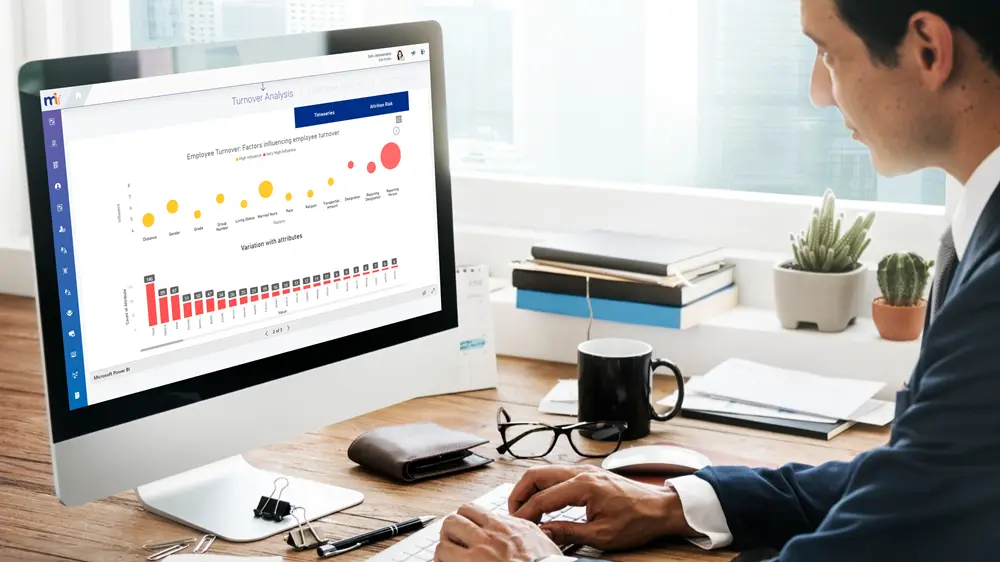
- Align tool capabilities with your HR metrics priorities—attendance, productivity, well-being, turnover—and your budget.
- Consider MiHCM Data & AI for seamless HRIS integration and AI-driven insights tailored to workforce analytics.
- Pilot with free trials before committing to enterprise contracts. Evaluate refresh rates, security controls, and integration depth.
- Invest in staff training on dashboard interpretation to maximise adoption and ROI.
- Iteratively refine dashboards based on user feedback and changing organisational goals.
By matching your requirements to the right solution and following a structured selection process, HR teams can unlock the full potential of real-time data to drive proactive workforce management.
